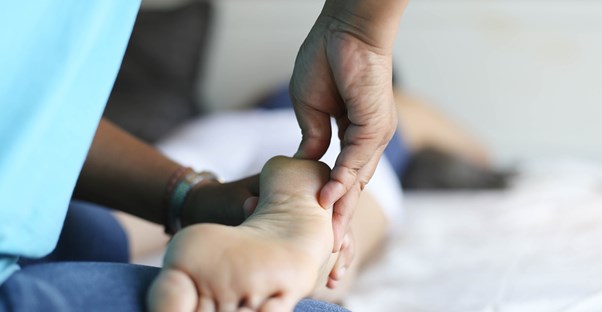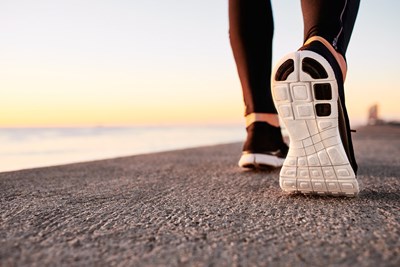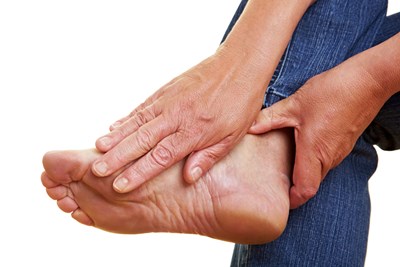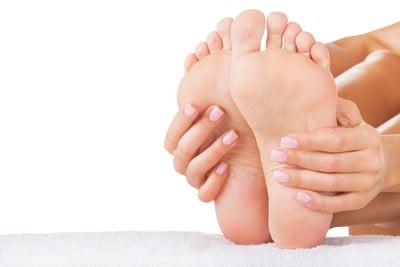When something goes wrong with your feet, it can really put a damper on your lifestyle. Heel pain may not seem like a very extreme condition, and sometimes it isn’t. A couple of days of rest, anti-inflammatories, and a cold pack may be sufficient. But your feet are too important to take chances with. It may be time to see what your doctor recommends.
At-Home Treatment
If the pain is not too severe, the treatment regimen is fairly simple. An over the counter nonsteroidal anti-inflammatory (NSAID, like ibuprofen) can help control pain and inflammation. Ice can also be very effective for swelling, and provides some relief from pain. Avoid running or jumping, wear good shoes, and consider a set of over the counter shoe inserts, which are designed to provide extra cushion and support.
If the pain doesn’t get better, or begins to get worse, your doctor may be able to provide additional options. He or she may suggest an anti-inflammatory or steroid injection or provide you with specific exercises to help strengthen and unwind stressed foot muscles. You can learn how to tape or strap your foot, which will provide extra support for muscles that are working too hard or even while they’re at rest.
Medical Treatment
As treatment continues, physical therapy may be necessary. Your doctor, at some point, may want to take X-rays to make sure there’s no fractures or bone spurs (calcium deposits that form on the bone when tissue is torn from it). A set of prescription orthotic insoles may be necessary, as these are tailored to be more specific to your foot’s needs than a generalized, over the counter pair. While OTC inserts may provide arch support, a set from your doctor can help correct abnormal pronation (the foot, when it moves, turns too far, causing strain).
These orthotics may be a lifelong endeavor, even with surgery. They could be something as simple as the insoles, or more extensive devices, like a removable cast, which keeps your foot from moving when you walk. A night splint may be used for patients with plantar fasciitis -- they keep the foot stretched throughout the night, which prevents intensive morning pain that often comes with the first steps of the day.
Surgery is usually a last resort, and while it may remove the source of the pain (like a bone spur), the pain and its cause are likely to return without continued use of orthotic devices. Wearing shoes with good support, avoiding activities that aggravate your heels, maintaining a healthy weight, and continuing recommended exercises can also help keep heel pain from returning.




